Gallery: Inside Japanese keirin
A look at the school, the races and the future of this unique 'sport'
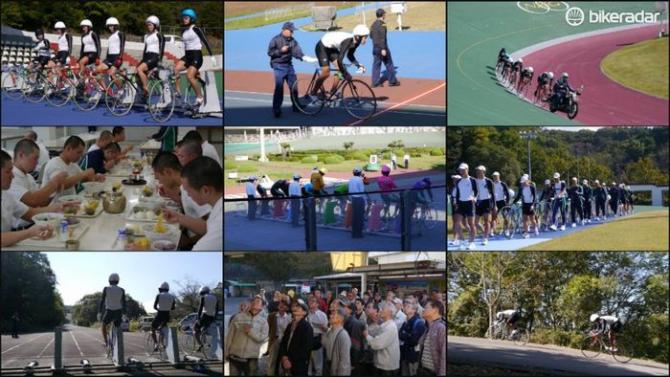
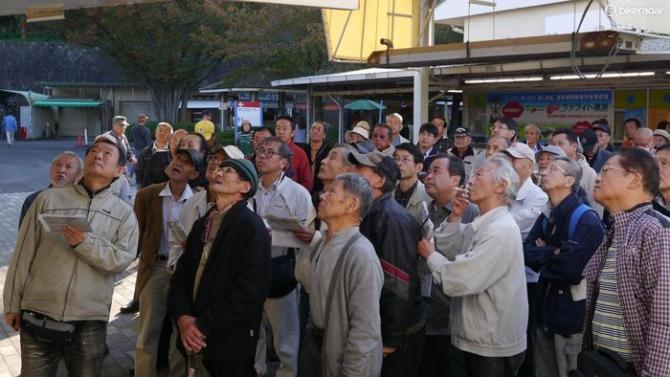
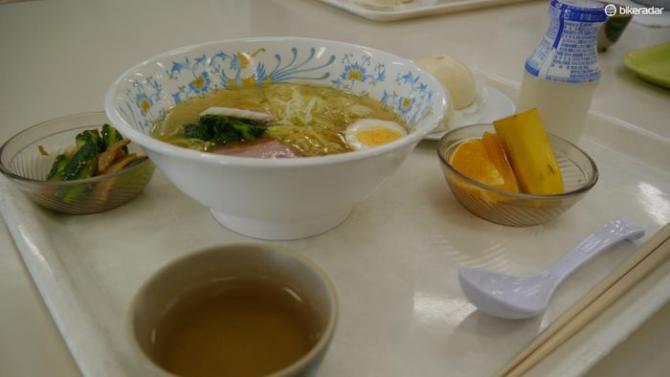
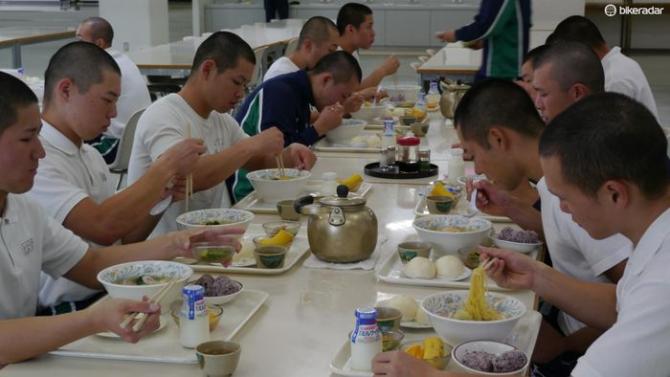
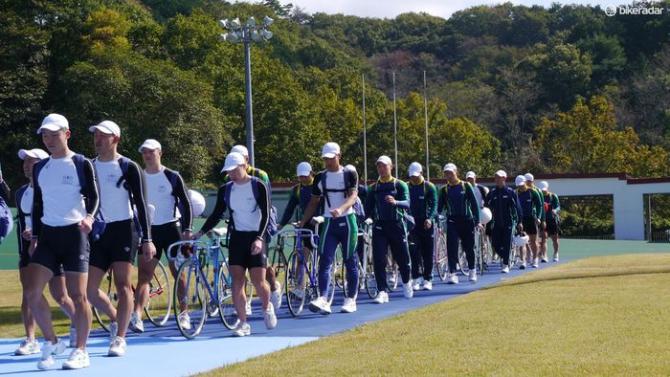
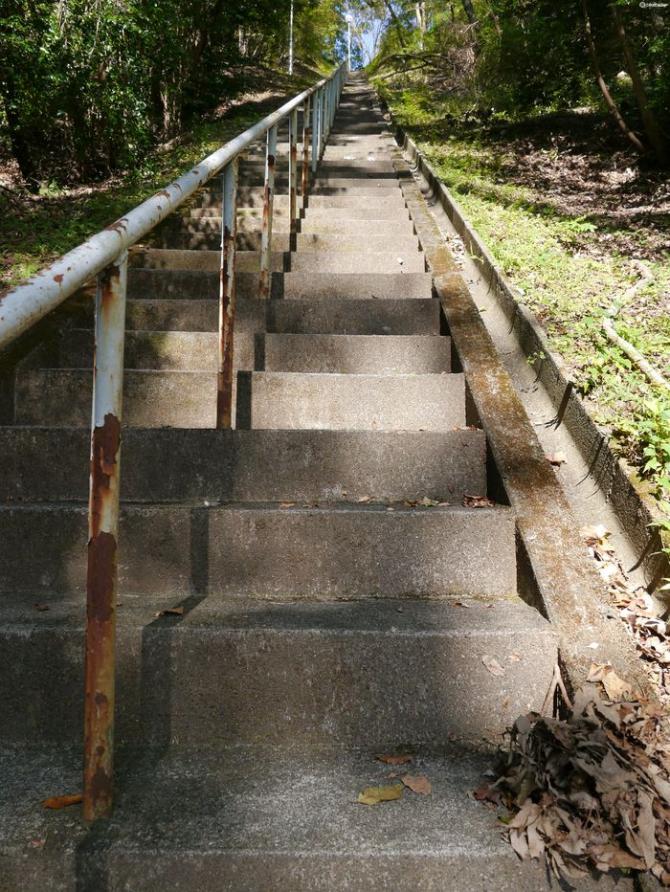
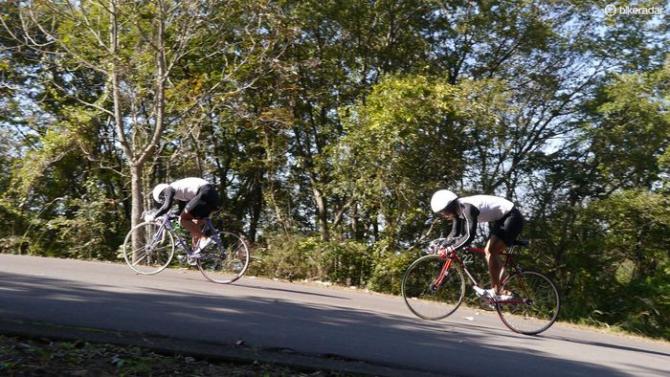
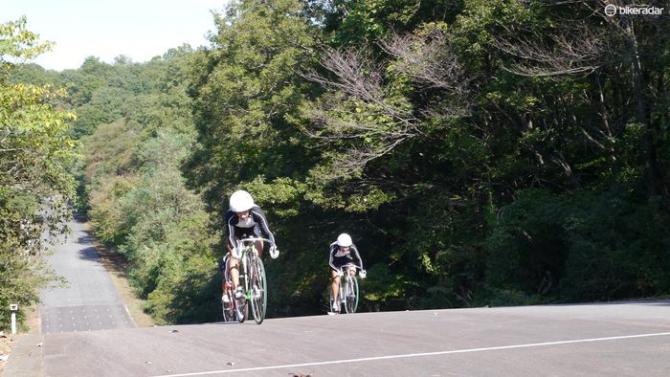
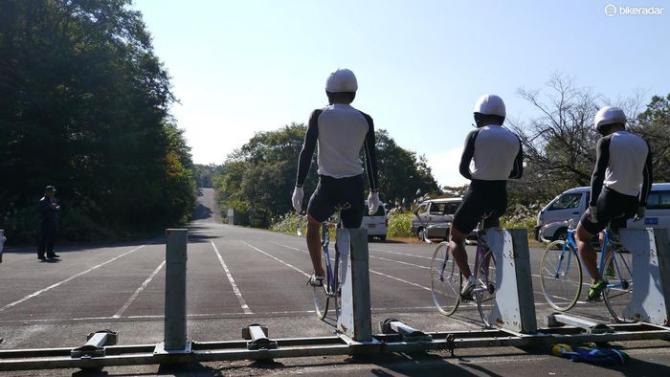

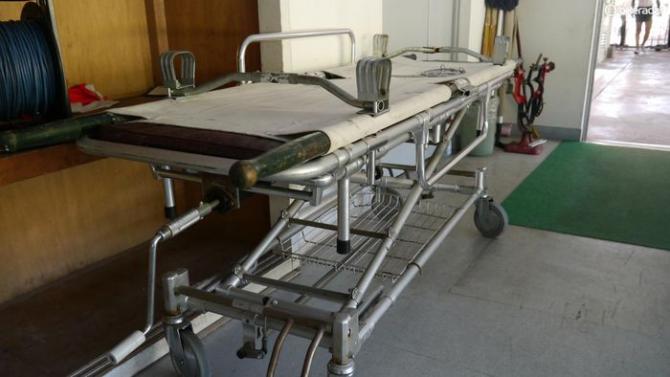
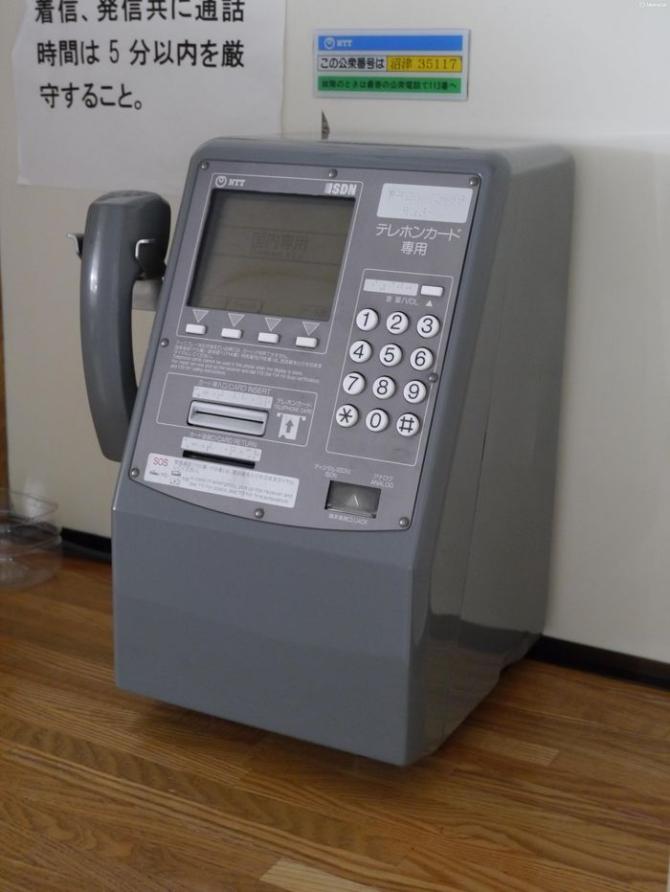
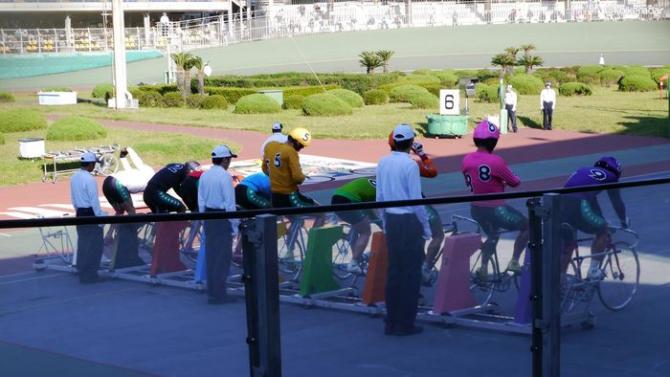
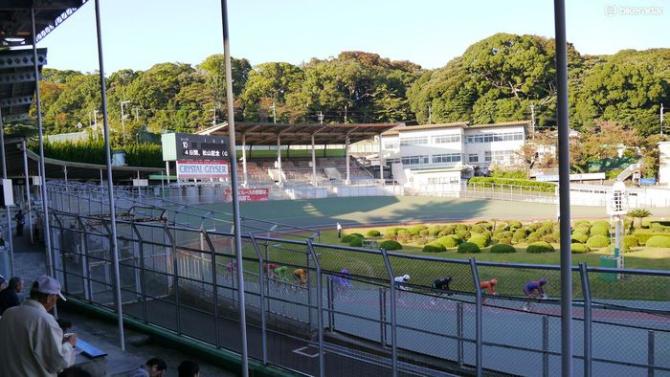
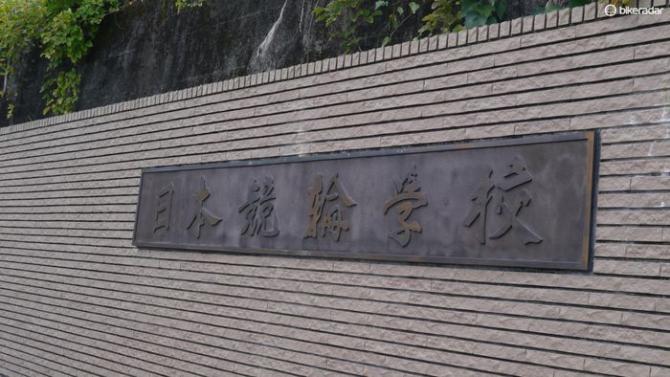
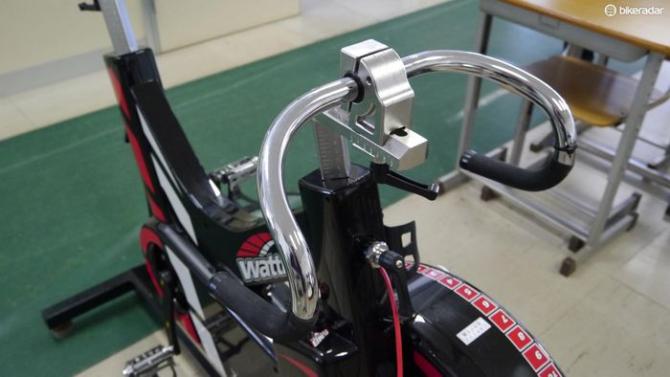
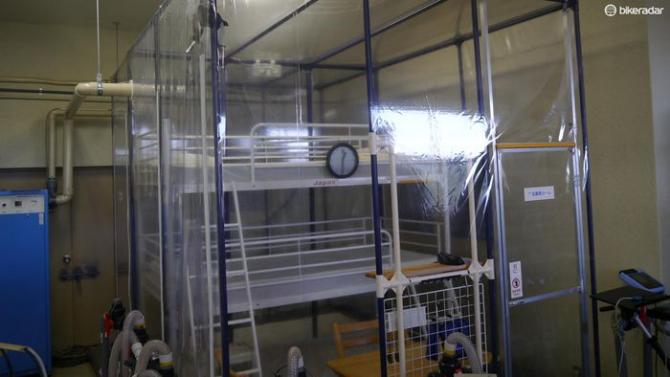
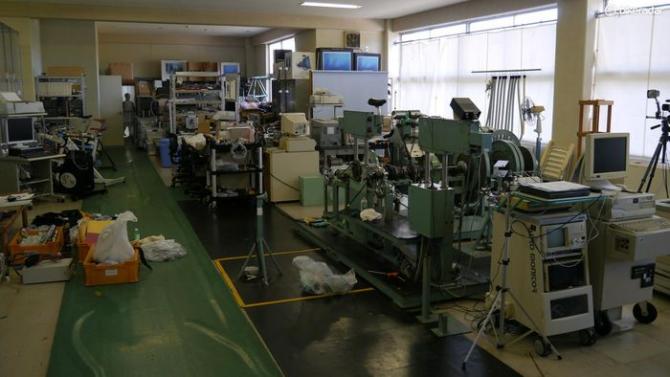
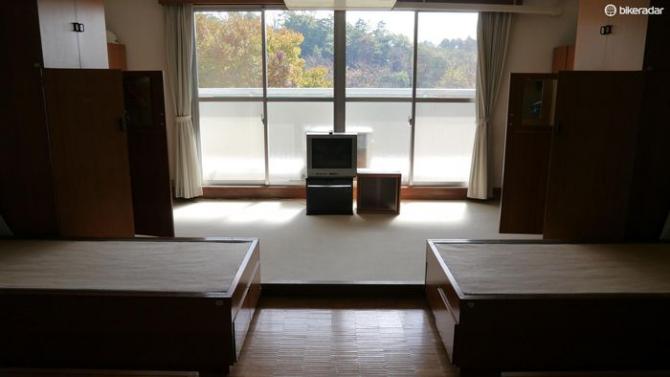
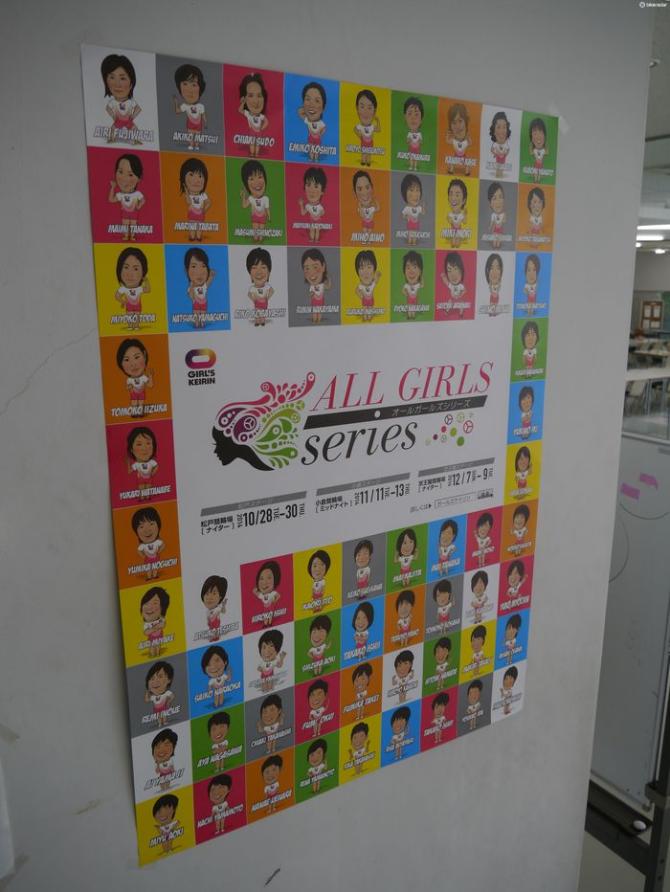
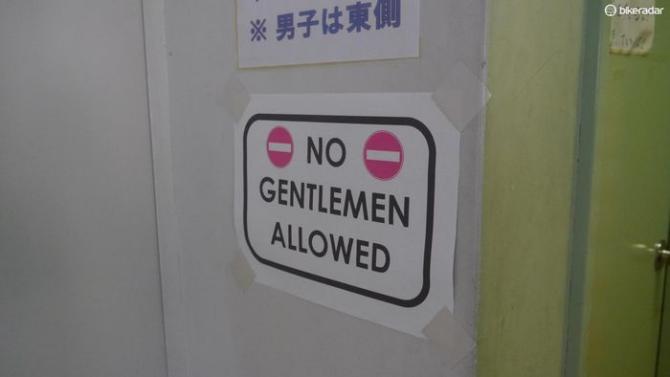
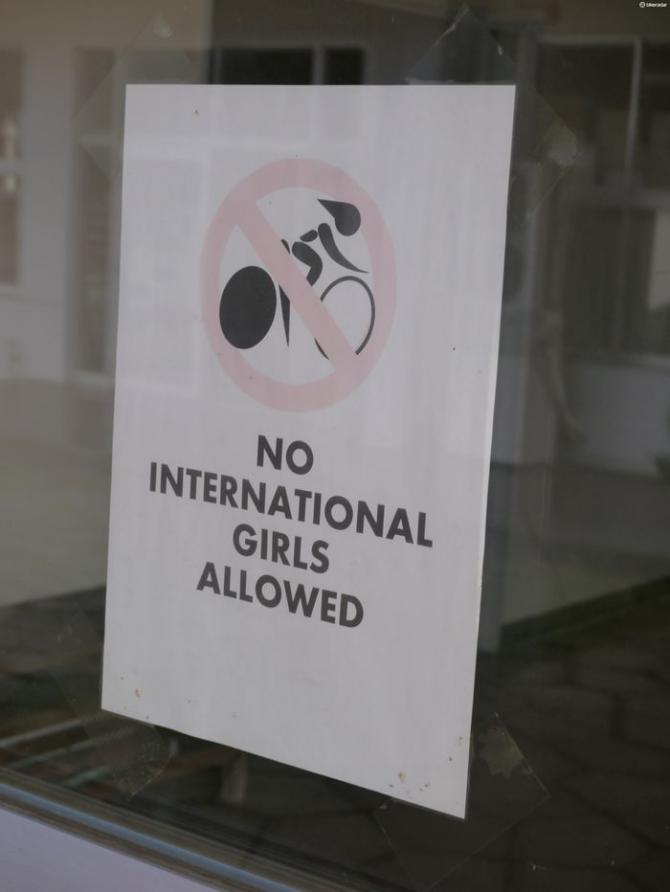

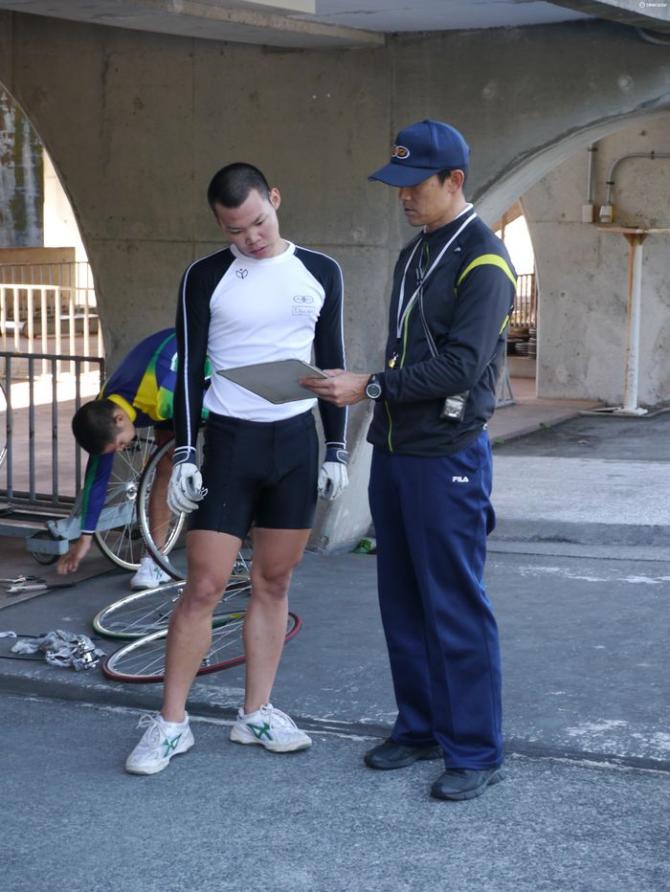
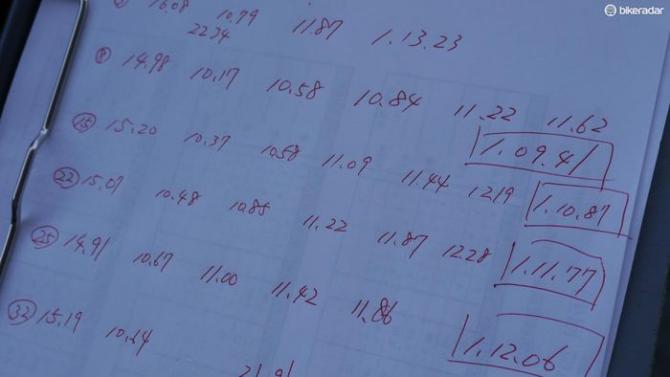
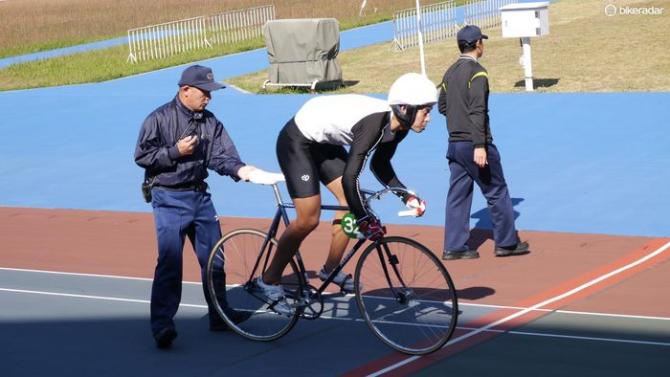
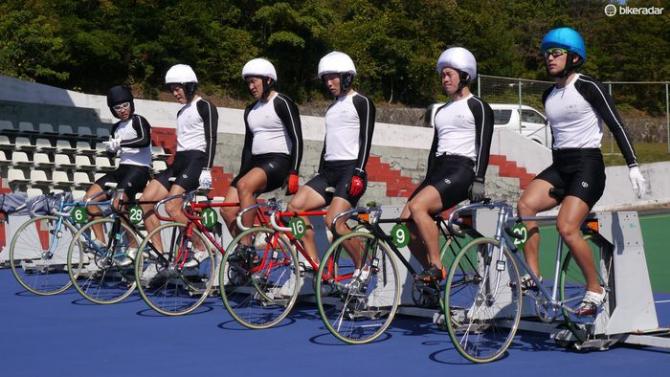

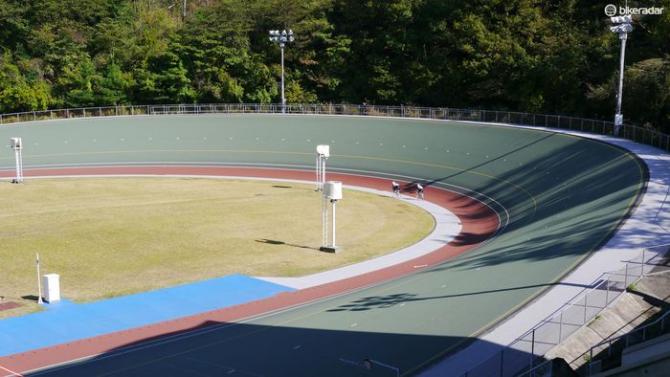
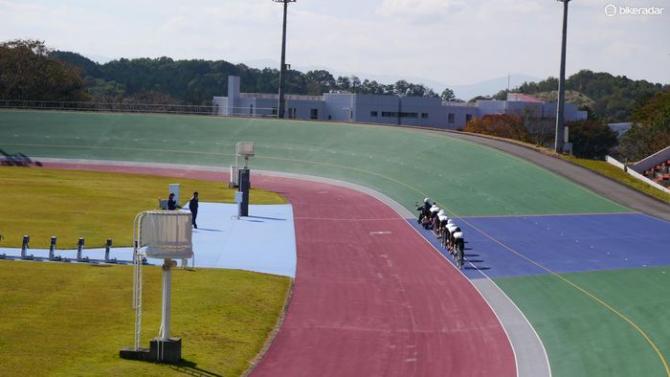
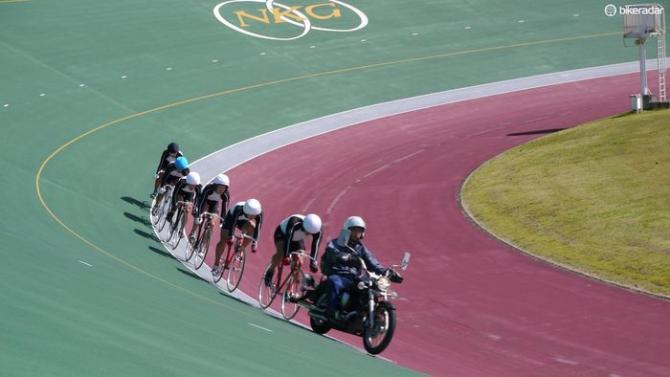
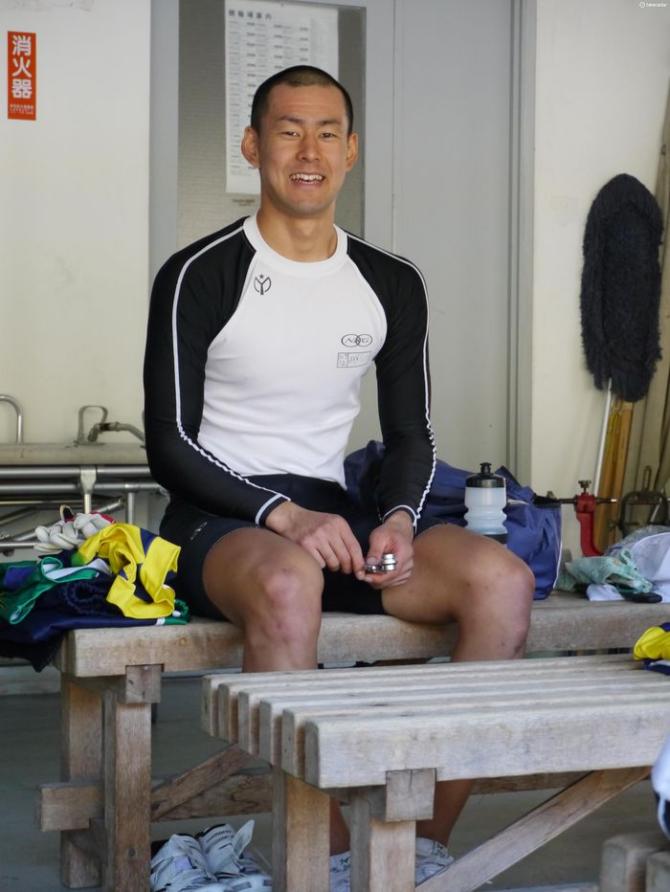
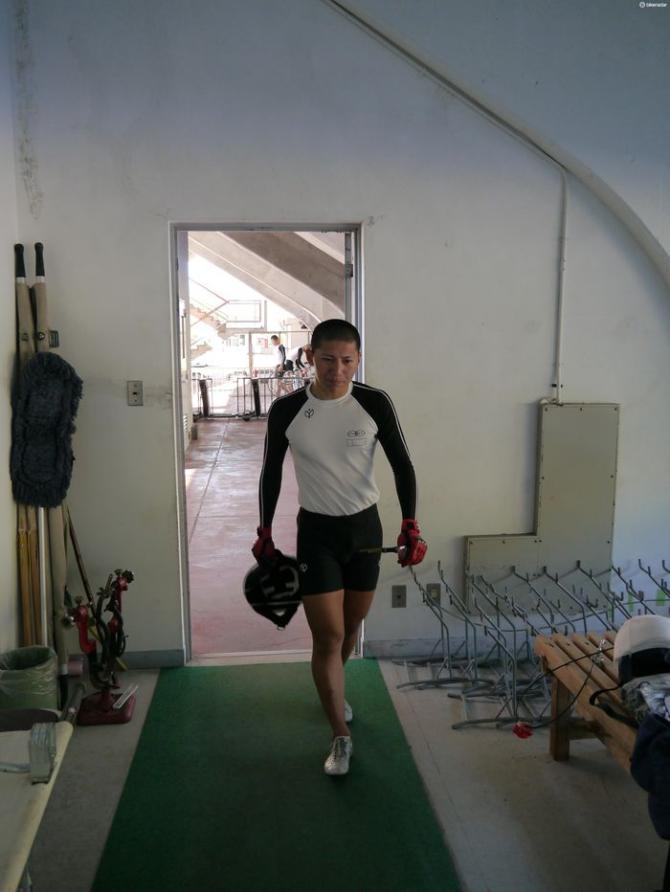
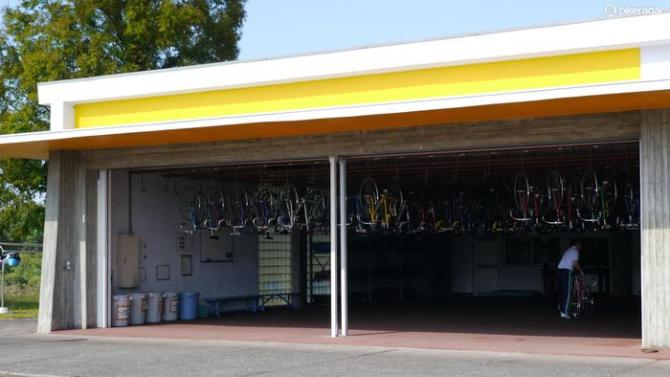
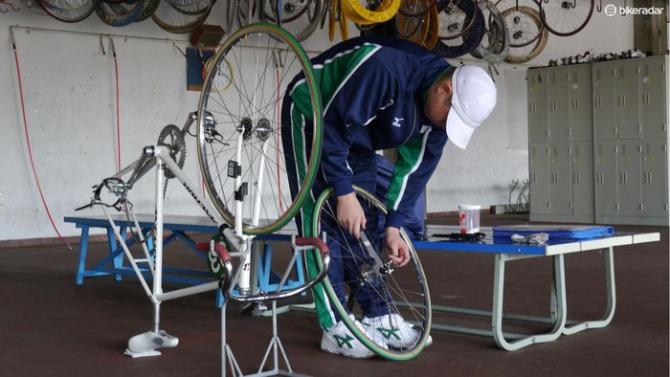
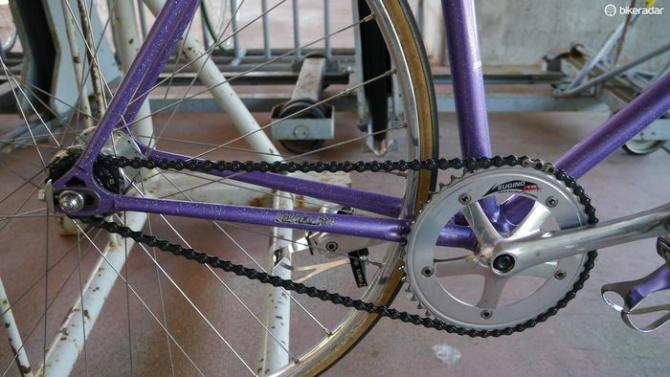
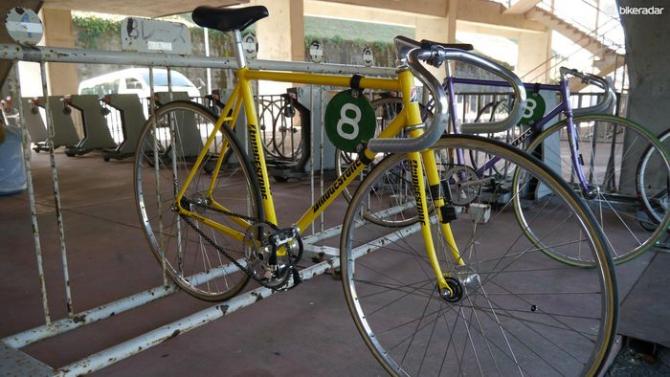
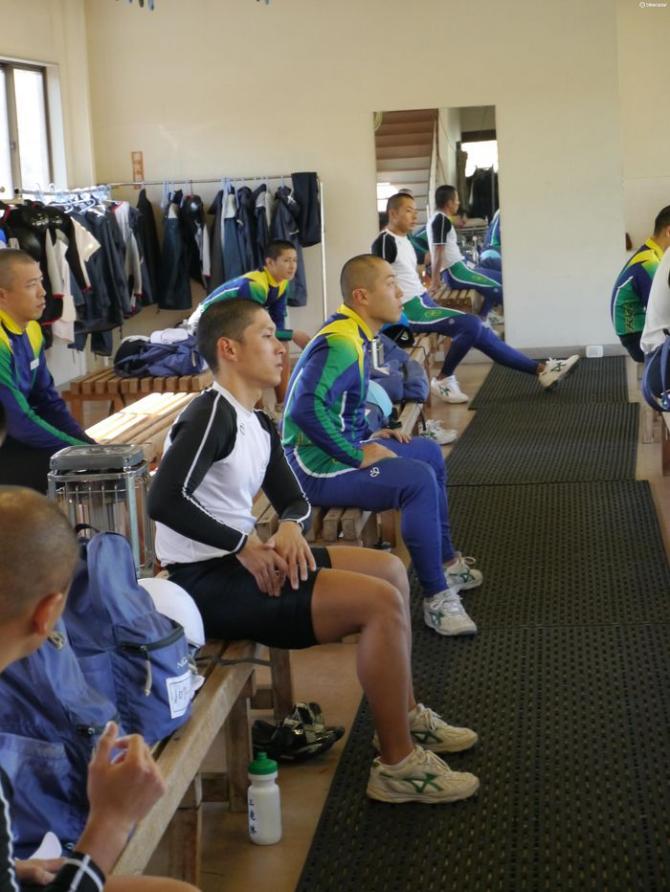
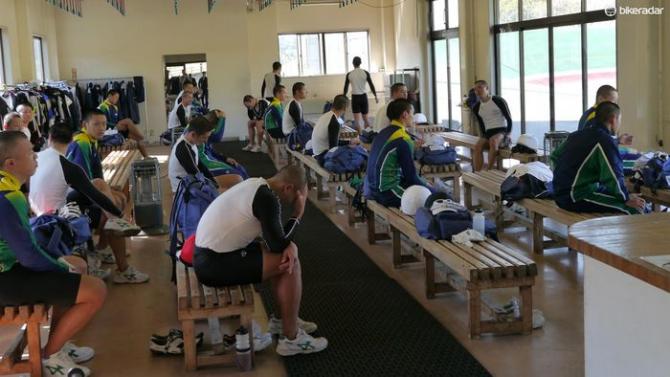
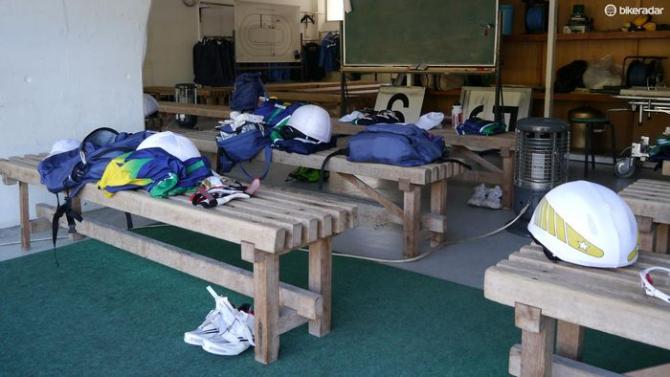
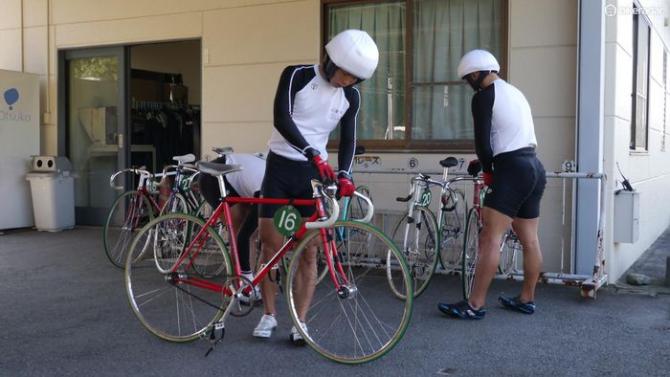
This article originally appeared on BikeRadar
In a vast expanse of woodland in the shadow of Mount Fuji, where the only visible sign of civilisation for miles in every direction is a lonely 7-Eleven store, the 50 students of Japan's keirin school are able to learn their trade with few distractions.
That what goes on inside this school happens in such isolation is all part of the mystique of keirin, and why it has fascinated me far more than UCI track racing never has. I'm a die-hard roadie. Reading and learning about the rich history and hearing stories from professional cycling interest me almost as much as watching a race play out on television.
It's similar with Japanese keirin, only the appeal here is that I know very little about the story. Chances are you don't either. It's a uniquely Japanese sport which hasn't travelled all that much, apart from to South Korea and into the Olympic movement in an altered format behind a derny.
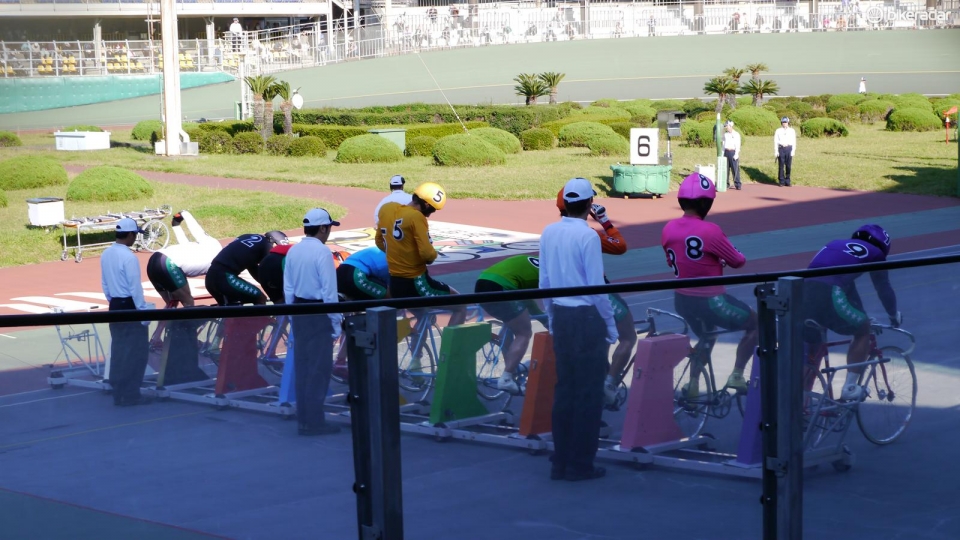
Keirin riders limber up on the track
When I began writing for BikeRadar four years ago, I remember posting an excellent video that explored the world of Japanese keirin racing to the site. I've also read a few interviews with track racing stars, such as Shane Perkins and Sir Chris Hoy, who've traveled to Japan to earn a few quid as part of the quota of invited international riders, and seen photos of cigarette smoke-filled velodromes, like the old dog tracks in the UK, where punters go to gamble their money away. Such a lack of information has kept me intrigued with this strange world and, being in the job I'm in, I always kept an eye out for an opportunity to head to Japan and check it out in the flesh.
School trip
Get The Leadout Newsletter
The latest race content, interviews, features, reviews and expert buying guides, direct to your inbox!
In October I went one better by getting an invite to the school thanks to Mitsuri Ohki, who works with Wattbike in Japan. I never thought the opportunity would arise – I'd always heard that the school was rather secretive in its business, and certainly not for the eyes of hacks like me – but it turns out they're not at all. All I had to do was ask!
Wattbike have become major players in Japanese keirin and their sport scientist, Eddie Fletcher, coaches Toyoki Takeda, one of its top stars – he recently visited their HQ in Evesham. While the vast majority of keirin students' training is done on the various outdoor tracks and courses, the trainers have found the Wattbike useful for correcting pedalling deficiencies. Some 150 pro keirin riders are customers – in fact, Ohki says six of the nine top-ranked SS riders own a one. (Keirin has a number of distinct levels; nine SS riders, who compete in the biggest races and who are SS because of their annual prize money; around 600 S1 and S2 riders; then A1, A2 and A3 riders).
As there are no teams in keirin, the 2,700 or so pro riders are effectively self-employed and the most successful are able to invest in innovative approaches to their career, employing the best coaches, nutritionists and training. There's plenty of money up for grabs; the very best can have salaries up to US$2,000,000 and even average riders can earn a not-too-shabby US$100,000 a year.
With riders known to compete well into their 40s, 50s and in exceptional circumstances, into their 60s, as one rider does today, careers can be long and lucrative, provided the rider stays fit and healthy.
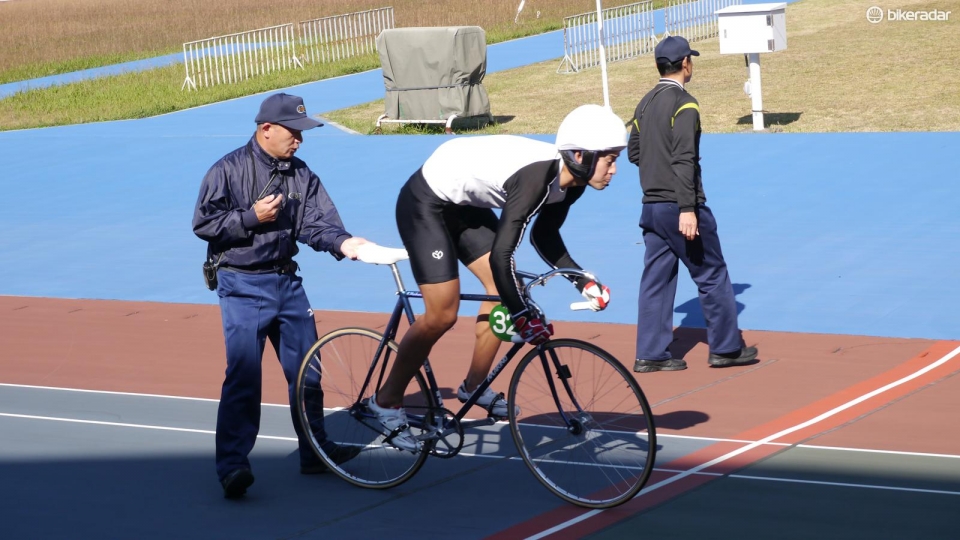
A rider takes off for a 1km time trial
Discipline and training
One of the things I wanted to learn about keirin is how riders are trained – was it what I'd describe as an ‘old school' approach, were they quite progressive, or was it simply just different to what we have in the UK? It was hard to get a firm understanding, given the language barrier and the short amount of time I had there, but in terms of the science in the lab there was nothing out of the ordinary.
The lab where the school's Wattbike is kept was my first port of call (it smelt just like my old school – why do they always smell the same?). Each student will visit the lab three times during their year here – at the beginning, middle and end – for a 1km test.
There were the familiar ergometer and Wingate rigs, an altitude tent and even versions of a textbooks in the chief of staff's office that I recognised from my own physiology degree days.
While it's perhaps not the science of how they're trained that is different to what we know in the west, the way the school's coaches conduct training certainly is. On my way out I bumped into Miho Oki, who raced on the women's road pro tour in Europe from 2002-08, as well a veteran of three Olympic Games.
She now works as a trainer to the 15 female students in the school and as such is well placed to compare the two methods. "It really isn't comparable, certainly not in the communication between students and coaches," she says. "In Europe in general it's quite an equal relationship between coach and athlete but it's a different culture here, and I can't bring those experiences of Europe here to the school."
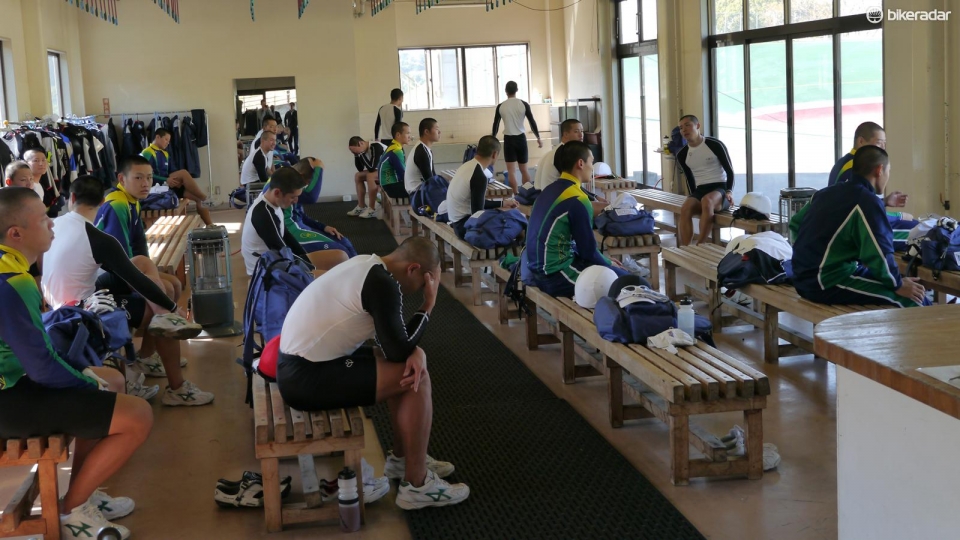
Pausing in between track efforts. There was no chatter, just absolute focus. Ohki told me this was totally normal and not just because they had a visitor
She says keirin students are brought up first and foremost as good citizens, with a huge emphasis on good behaviour and manners. As keirin is run and supported by the government, with many of the school's staff and trainers put in place by the ministry (along with several ex-riders) keirin riders are effectively public servants, which, as Ohki says, means they need to develop the "right sort" of character.
When walking round the school you don't have to be Columbo to realise discipline is close to the top of the school's agenda – every student was impeccably behaved during my visit, bowing and greeting me every time they saw me, and freely posing for photographs.
Boundaries are set for each and every student and with the potential rewards of a pro career waiting for them on the other side of the school term nobody is willing to cross them. Mobile phones are given up on their first day and they won't see them again until they graduate (they are permitted occasional calls home on the landlines), while indulging in smoking and boozing are reasons for expulsion. And if the boys even so much as talk to the girls, and vice versa, they'll get their marching orders. Fortunately, says Tomi, he doesn't have to make decisions like that often. This lot know which side their bread's buttered.
They get to go home twice a year, for two to three weeks in total, at New Year and summer, "but we don't call it a holiday," says Tomi. "It's an individual training period. Before they go they submit a plan and they are tested with an ITT when they return to make sure they've stuck to it. To be honest we can usually tell just by looking at them if they've stuck to it…"
The training schedule, all six days a week of it, seems pretty brutal. Even if they wanted to misbehave in the evenings, they likely wouldn't have the energy. Beginning at 9am, they train as a group till 11.30, break for lunch (noodles, fish or meat, milk, fruit) before resuming at 1pm for a four-hour session. Dinner is from 5.45 to 6.45pm, and 7.50 to 8.50pm is individual training. Free time is left up to them, but whether they choose to watch TV in their shared dorms (four students to a room) or carry on training, it's duly noted by their trainers. Lights out is at 10, at which point nobody has trouble sleeping. It's an army academy alright, right down to their non-negotiable military issue buzzcut.
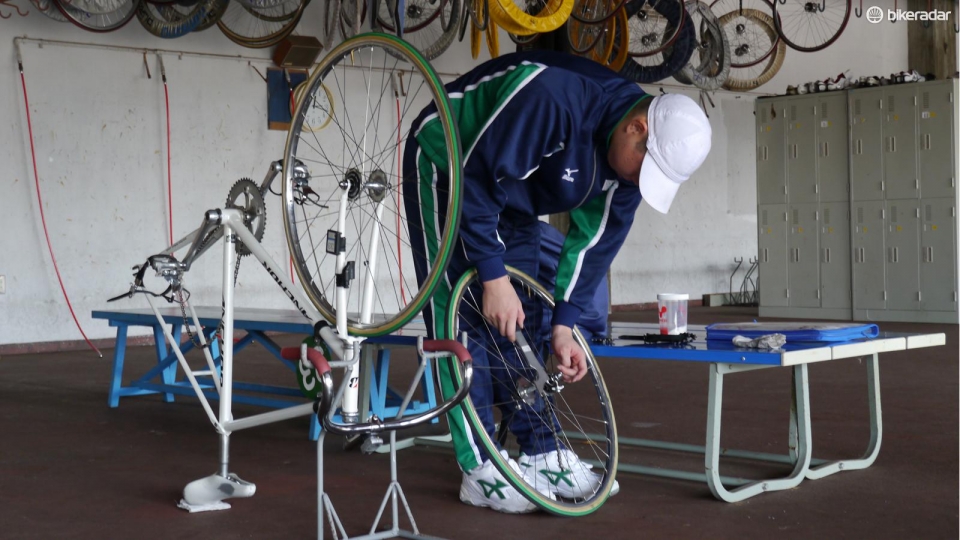
Students buy their own bikes, which helps them to keep them in good nick. There is a mechanic at the school but students are taught and encouraged to learn about the workings of their bike
It's a tough lifestyle, no doubt, but one they're all committed to. They're a chosen few, selected on the basis of their outstanding kilo and 200m power test results, and recognise thousands others would happily step into their shoes. The potential rewards are huge, with the Grand Prix alone, a long-held tradition held in the final week of the year fought out between the top nine prize money earners that year, an absolute goldmine, the first prize registering at a colossal $1m. It's a figure Ohki believes is the richest prize in sport in relation to the length of the race. Winning that race is the ultimate goal for every rider here and something to always keep in mind when they're killing themselves on the school's hill climb or running up and down a set of stairs that was so long I couldn't see the top.
If you've ever wondered why you don't see Japanese keirin riders competing on the UCI circuit and contending for Olympic golds, such lucrative prizes are the reason, says Ohki: "To compete in the Olympics they need to leave Japan to gain the necessary points and also leave Japanese keirin and the prizes that comes with. Those you see at the Olympics are A-grade riders, a long way from our best SS riders. Could the best compete at that level? Probably, but you won't find anyone interested in making that sacrifice."
A future for keirin?
But for all my fascination with the school, perhaps the more interesting story is the slow, maybe irreversible decline of Japanese keirin. The government is fighting a battle to stop the arrest, with Ohki showing me a couple of graphs to illustrate that made for alarming reading: revenues and attendance have declined every single year since 1991. In 1991, keirin generated 19.6bn yen (£1.07bn) in revenue and saw 27.4 million people visit a velodrome, but by 2013 these figures were down to 6bn (£330m) and 4.2 million respectively. Things have stabilised over the past four years compared to a dramatic collapse at the start of the downturn in ‘91 (a consequence of harsh recession, perhaps?) but nonetheless are showing no signs of going up.
Why has it declined? The reasons, says Ohki, lie mainly in the fact that keirin is viewed as a gambling activity well before it's ever a sport, and that the younger generation simply aren't as interested in gambling. On the way back to Tokyo we took in some low-ranked A-grade racing in Odawara and problems facing the Japanese Keirin Assocation (JKA) were stark.
I'm not sure I saw anybody under 50 years of age, nor did I see any women. What I saw were a lot of old blokes, drinking and smoking heavily. Smoking is also on the decline, with Ohki suggesting the two are inextricably linked: "People are living healthier lives now and the JKA are rightly concerned about what happens when the people watching and gambling on it today die. They need a strategy, and quickly, or keirin will die with them."
Ohki has a couple of ideas. One is to promote it as a spectator sport, rather than a gambling activity. A quick glance at the major Japanese newspaper shows they have a long way to go on this score. Because of the American influence here, baseball is by some distance the most popular sport. The back few pages are filled with not just match reports but colour pieces, stories about the personalities behind the players for fans to invest in. Keirin doesn't have fans – it has punters – and is listed like horse racing is in the UK, a dreary, impenetrable list of results and fixtures.

The JKA is making a real push with women's racing
One exception was a piece on women's keirin, which was introduced three years ago by the JKA to try and reverse the decline and bring in new people to the velodromes. Of the 50 students currently at the school, 15 are women and it's a strategy Ohki believes is essential. But judging by the figures and my experience at the racing, it's one that's failed to land a blow, at least for the moment. Private velodromes continue to close their doors while those that survive are taken into public ownership and run by "bureaucrats", in Ohki's words, with little background, knowledge or even interest in the sport.
It's not all bad news. The end of year Grand Prix continues to attract sell-out 50,000 crowds and remains a showpiece occasion in Japan televised live throughout the country. The Olympics are also heading to Tokyo in 2020 and by having Japanese riders challenging for track medals it's as an opportunity to not only revitalise keirin but reshape its future.
Perhaps like a sport such as snooker in the UK, it's on those in charge to make it sexy again – if it really ever was. Otherwise, in regards to prospects for keirin's long-term future, all bets might well be off.